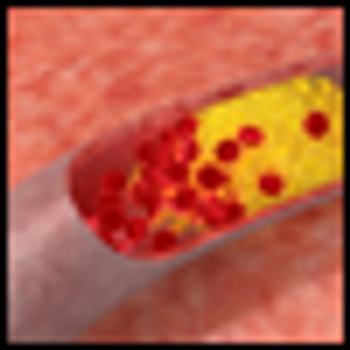
Mixed depression is defined as a major depressive episode (MDE) with concurrent manic or hypomanic symptoms that are insufficient in number for a patient to meet the criteria for mixed hypomania.

Mixed depression is defined as a major depressive episode (MDE) with concurrent manic or hypomanic symptoms that are insufficient in number for a patient to meet the criteria for mixed hypomania.

Mixed states constitute a wondrously variegated universe of psychopathology. These states are characterized by the intrusion of features characteristic of depression into states of hypomania or mania and the converse. Mixed states assume a myriad of forms that as a family may be among the most commonly encountered states of affective illness.

The title of Gardiner Harris’s front-page story in the March 6 New York Times was blunt: “Talk Doesn’t Pay, So Psychiatry Turns Instead to Drug Therapy.” For those of us who see our profession as a humanistic calling, this piece is likely to provoke a mixture of sadness and anger.

Dr McIntyre discusses bipolar disorder and several studies in medical comorbidity in general and more specifically neurological comorbidity.

The efficacy of psychodynamic psychotherapy is supported by empirical evidence. Patients have reported residual therapeutic gains following treatment.

Charles Moser, PhD, MD, has forwarded an interesting suggestion to solve the problem of weak diagnoses that have received a free ride through previous revisions of DSM. His is a middle way intended to steer between the contrasting risks of continuing questionable diagnoses and the risks of eliminating them.

Major mood disorders have been associated with increased suicidal behavior. This is especially true in patients with a mixed, manic-depressive, or dysphoric-agitated state.

Expansion of age-appropriate developmental psycho-therapeutic services must become a top public health priority to make these treatments more widely available to young children and to capture the potential greater benefit of the earliest possible intervention for mental disorders.

. . . her fixed state is one of intent though fruitless searching. She is inactive not because she is too lazy to work but because work has become meaningless to her; her energy is paralyzed not by sleep but by thought.”

ECT, like abortion, is surrounded by controversy and strong opinions on both sides. Fortunately, for those of us who practice ECT, the discussion is not quite as heated nor the risks as high as for our colleagues in ob-gyn.

I would like to start off this blog with two stories that happened many years ago.

Dr Fogelson discusses how science has refined research designs to measure the efficacy of psychotropic drugs.

In my previous blog, The Missing Person in the DSM, I questioned whether the DSM diagnostic manual classifies psychiatric disorders or the individuals suffering from diagnostic disorders-Ms Smith’s bipolar disorder, or Ms Smith, a person with bipolar disorder.

FDA regulators are deciding whether to downgrade the risk classification of ECT from high to medium risk. In 1990, FDA regulators proposed declaring ECT devices safe for major depression but because of an uproar by ECT opponents, a final decision was never made.

Erroneous conclusions, and medical harm, can come from accepting any hypothesis uncritically, and growing evidence indicates that treatments based on disorder hypotheses for depression do cause harm.

Many psychiatrists, residents, and other mental health professionals believe that psychodynamic therapy lacks empirical support or that other psychotherapies are more effective.

Psychiatrists helping nonpsychiatrists refer their patients has a long but not always illustrious history.

Although acute pain typically resolves on its own with little need for intervention, for some persons pain persists past the point where it is considered an adaptive reaction to injury.

Patients’ stories (both content and structure) contain more therapeutically useful information than merely identifying and counting symptoms.

As I was driving to work on February 10, 2010, I listened to the National Public Radio host Melissa Block talking about how children labeled “bipolar” may get a new diagnosis. I was shocked that the chair of one of the DSM5 work groups, David Shaffer, MD, would discuss a controversial diagnostic topic with the media.

New research into cholesterol-lowering statin drugs and serotonin-1A receptors may help explain the relationships between cholesterol levels and symptoms of anxiety and depression.

Are there any recent sources talking about the use of buprenorphine (low dose) for people who were never drug addicts or abusers but who were diagnosed with treatment resistant depression?

The DSM does and must involve both science and pragmatism. It must use the science that is available, but it must also make countless judgment calls that are not grounded in solid empirical evidence-and surely it makes sense to consider practical consequences in doing the latter.

Every year, more than 1 million children are exposed to sexual or physical abuse or neglect in the US. The research summarized here clearly demonstrates that exposure to stress before adulthood can result in persistent effects on both mental and physical health.

The mental health implications of disasters on individuals and communities are enormous. Psychiatrists play a key role in helping to mitigate and lessen the traumatic burden and in fostering resiliency efforts.